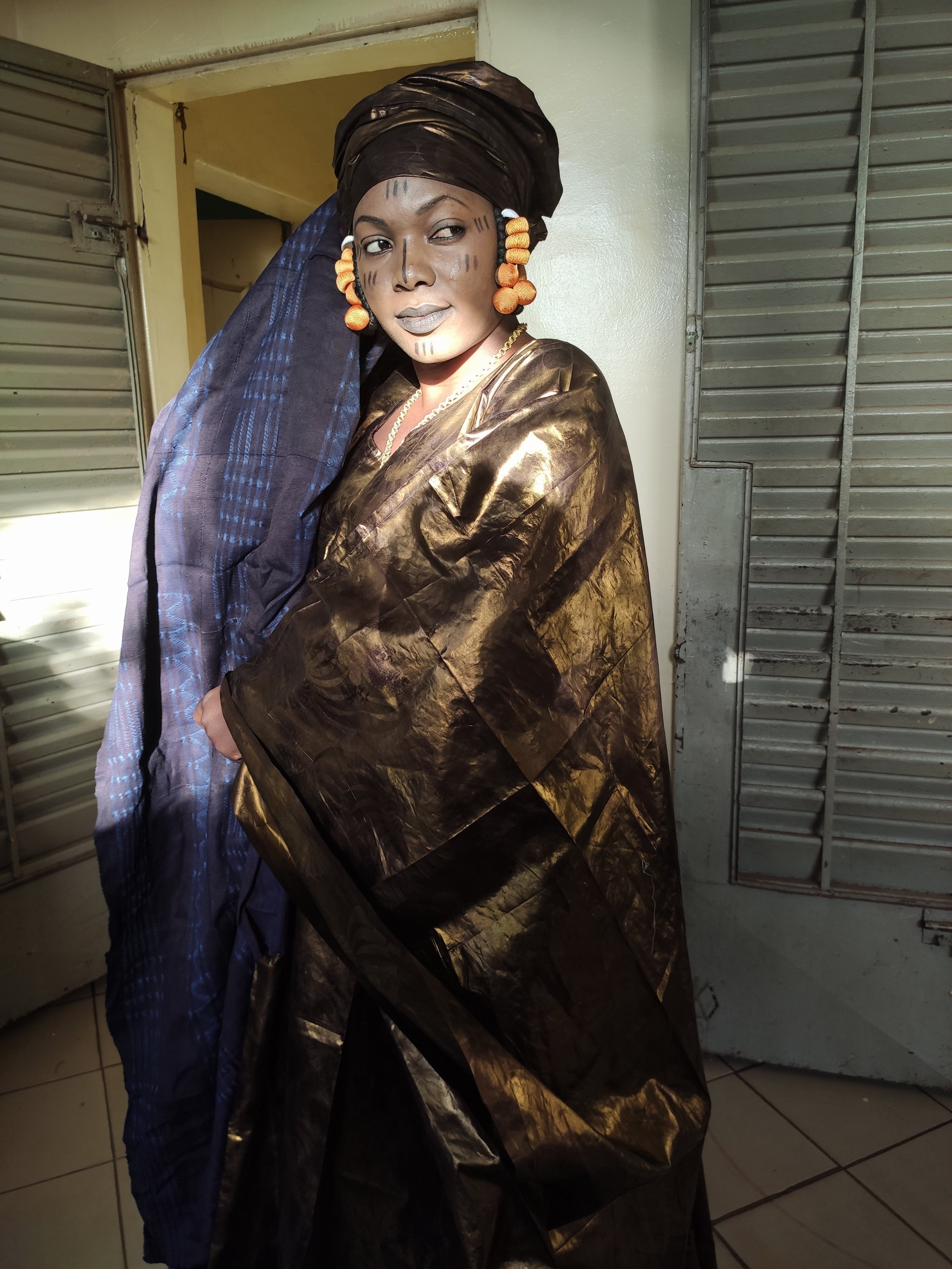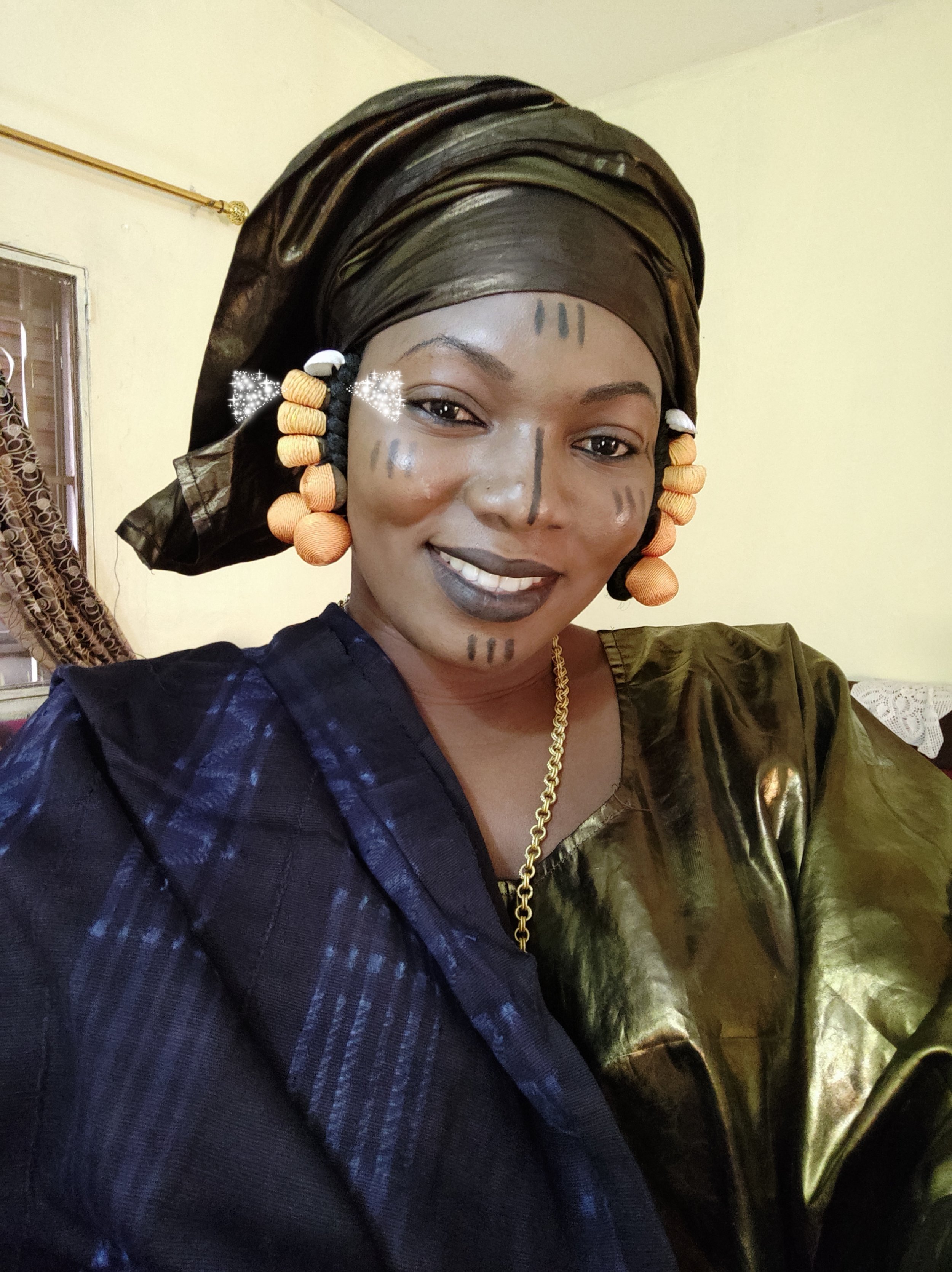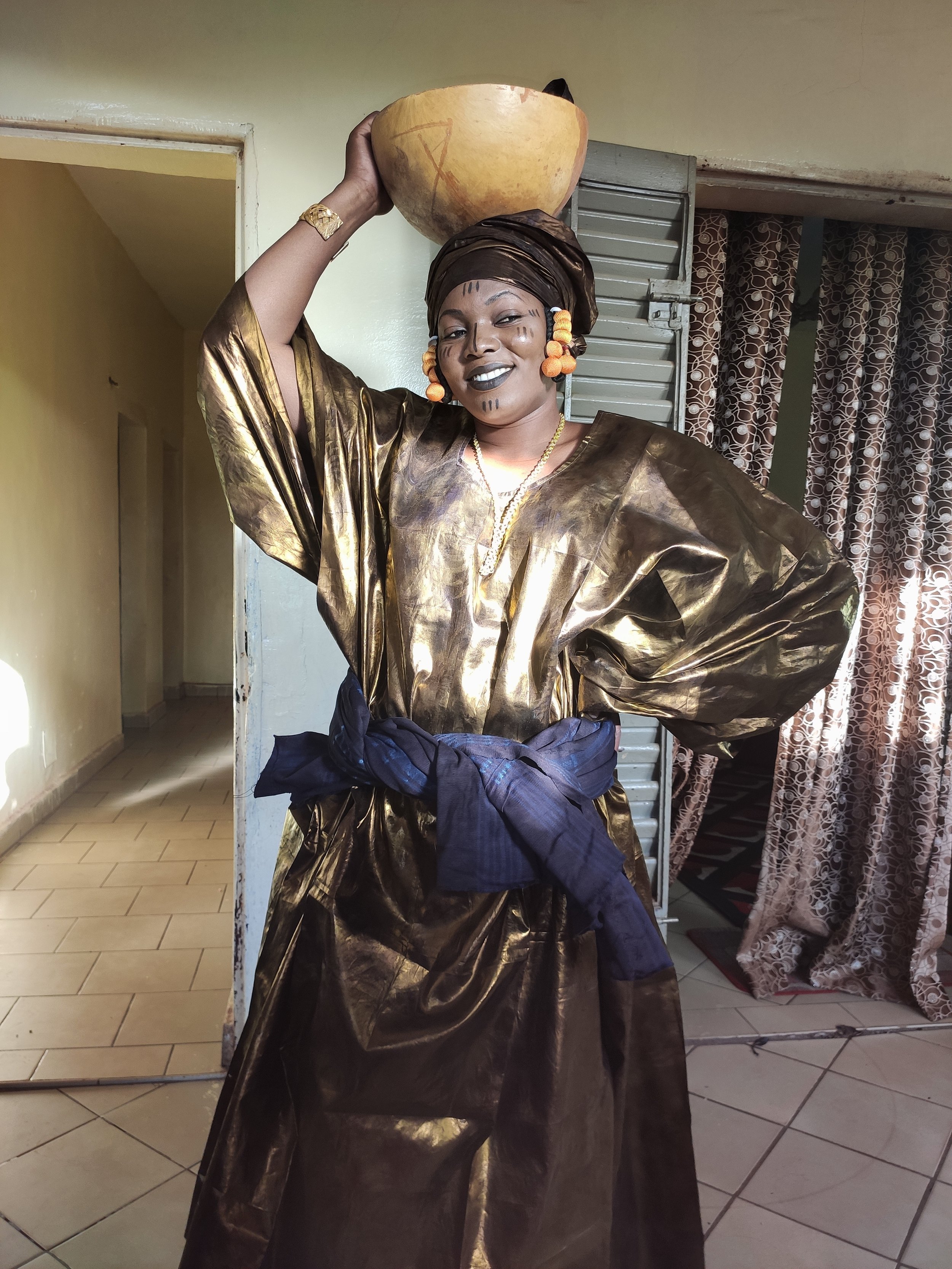By Hindaty Traore, Girls Project Manager
In Mali, your ethnic group is a point of pride and connection. In our schools, we see students from a wide range of ethnic groups learning side-by-side – embracing their own history and culture while also enjoying the diversity of Mali. Today, I want to share the history of my ethnic group and a little of its culture, because I come from a very large Soninké family from Mali in the Kayes region.
History
The Soninké also called the Sarakolés in Bambara (Maraka) are a people present in Sahelian West Africa. The people are settled mainly in Mali, along the Mauritanian border (between Nara, the Koulikoro region, Kayes and Nioro of the Sahel), as well as in Senegal, Mauritania, Gambia and Guinea-Bissau. They are culturally part of the Mande group by their language, Soninke, but form an ethnic group in their own right.
According to the oral tradition of the griots (traditional story-tellers), the foundation of the Kingdom of Ouagadou ,at the origin of the Empire of Ghana, the roots of the Soninké are attributed to a legendary character, Igo Khassé Dingka (which means "big old man"). He is the ancestor of the Soninke. When Dingka arrived in West Africa, in the region where Mali, Mauritania and Senegal are today, he found there a nation of farmers, the Karos, whom he and his entourage managed to dominate. Dingka's troops were excellent horsemen and they were armed with spears, swords, shields, and iron armor.
Before Dingka’s arrival in the region, legend tells us that a seven-headed snake named Bida reigned supreme. To be able to install the kingdom of Ouagadou, Dingka had to negotiate with the snake Bida to let him install his empire. Bida’s condition of giving this empire to Dingka was harsh -- every seven years Dingka had to give Bida the most beautiful and cleanest daughter (virgin) of the kingdom of Ouagadou. In return, the snake would grant Ouagadou wealth, both in gold and in rain for the harvest.
At the fall of the Empire of Ghana in the twelfth century, Soninké Soninke dispersed throughout West Africa, giving birth to several ethnic groups including the Bozo. Soninké became fishermen on the Niger River and were part of spreading Islam.
Culture
In the past, Soninké men wore braided hair or locked hairstyles, which they coated with shea butter. Women most often had shaved heads, but some also wore braided hairstyles, which were very difficult to achieve. They tattooed their lips and gums to bring out the whiteness of their teeth and enhance the beauty of their faces. The women always wore a slight veil over their heads.
Both Soninké men and women have two or three scarifications on their temples, and women do three more on their cheeks. The woman's ears are pierced with several holes in which are placed several gold rings for the wealthiest, silver or bronze for the most modest. Jewelry such as necklaces, wrist and ankle bracelets are widely used.
Traditionally, Soninké men wear the boubou, a large dress that came down to the knees and trousers, often white, beige or indigo blue. In the past, a leather belt was attached to the waist. There are also the embroidered slippers called sukh, or leather sandals, the tepou. The women wore the loincloth that stopped at the bottom of the knees, the fendeli, and for the top a straitjacket, over which they put a boubou most often of indigo color, called doroké khoré (big garment). With Islamization, the loincloth now reaches the ankles. Bazin (bassa) is the fabric used for parties, as well as those who are noble. Under their clothes, women have several pearl necklaces that they wear on the waist. They are worn as seduction underwear, they can only be shown in privacy. On the head they artistically tie a scarf, the tikka or kala.




